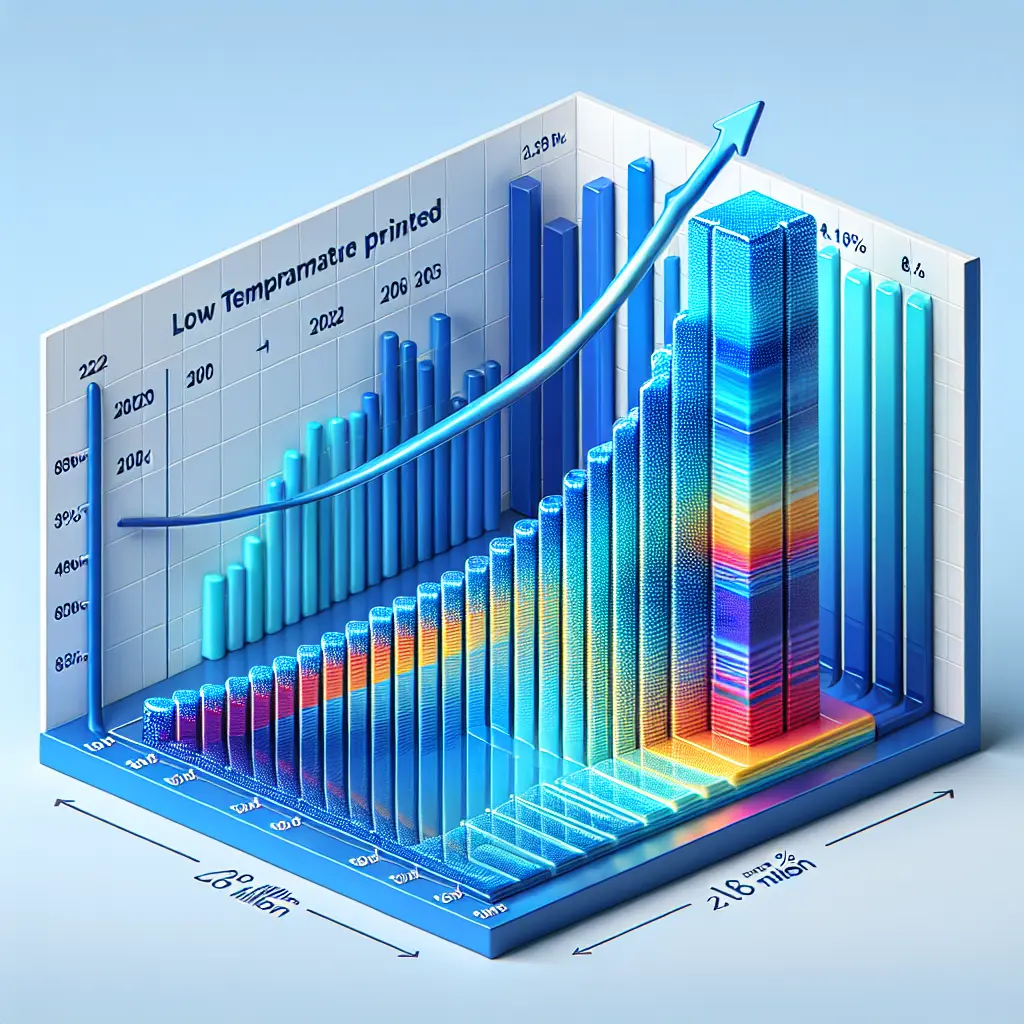The United Kingdom is poised to play a pivotal role in the rapidly expanding low temperature printed glass market, a sector forecast to reach USD 1.6 billion globally by 2034.
As the world turns its attention towards sustainable, innovative building solutions, low temperature printed glass is emerging as a key material for modern architecture and manufacturing. With the market expected to grow at a robust 8.3% compound annual growth rate (CAGR), the UK stands out as a significant contributor to both demand and technological advancement in this field.
What is Low Temperature Printed Glass? Low temperature printed glass refers to glass products that are printed or decorated using specialized inks at lower temperatures than traditional methods. This not only reduces energy consumption but also allows for greater flexibility in design and application, making it particularly attractive for the construction, automotive, and consumer electronics sectors.
Why is This Important for the UK? The United Kingdom, with its commitment to sustainable construction and innovation, is uniquely positioned to benefit from and contribute to this market boom. Key factors include:
- Green Building Initiatives: The UK’s stringent regulations and incentives for energy-efficient buildings drive demand for advanced materials like low temperature printed glass.
- Architectural Innovation: British architects and designers are increasingly incorporating decorative and functional glass elements in commercial and residential projects.
- Manufacturing Leadership: The UK boasts a robust glass manufacturing sector, with ongoing investments in research and development to enhance the capabilities of printed glass.
Applications Fueling Market Growth
Several sectors in the UK are set to accelerate the adoption of low temperature printed glass:
- Construction & Infrastructure
- Used in facades, partitions, and decorative features
- Enhances energy efficiency and aesthetic appeal of modern buildings
- Automotive
- Provides customizable design options for windows and sunroofs
- Contributes to lighter, more energy-efficient vehicles
- Consumer Electronics
- Enables innovative designs for smart devices, touch panels, and screens
As the UK continues its push towards net-zero emissions and digital transformation, the integration of advanced materials like low temperature printed glass will become ever more vital. Stakeholders across the supply chain—from manufacturers to architects—stand to benefit from the growing market.
Key opportunities include:
- Export potential as global demand rises
- Job creation in high-tech manufacturing
- Enhanced reputation as a leader in sustainable construction materials
Future Prospects and Opportunities
With projections placing the global market at USD 1.6 billion by 2034 and strong momentum in sectors core to the UK economy, now is an exciting time for British innovators and businesses in the low temperature printed glass space. For more detailed insights on this market's growth trajectory, visit this article.
Here’s to a brighter—and more sustainable—future for the United Kingdom, one pane of glass at a time.










Leave a Comment